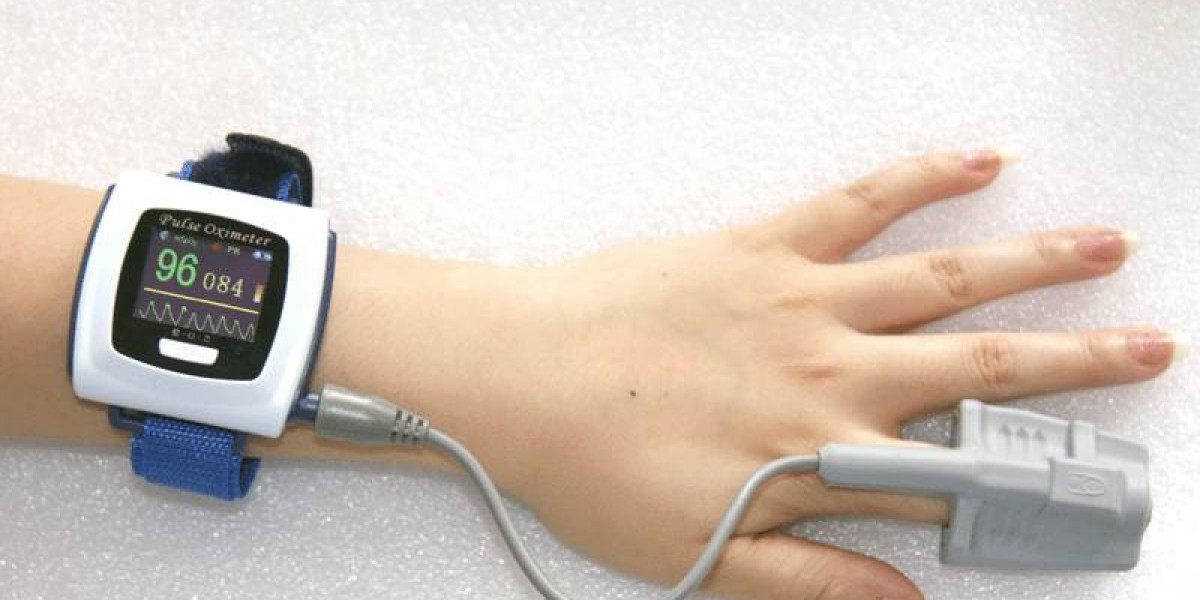The pulse oximeter market has seen considerable growth over the past few years, driven by an increasing demand for personal health monitoring devices. With the rise in health consciousness and the global pandemic, pulse oximeters became essential tools for monitoring blood oxygen levels. Despite the market's positive growth trajectory, several threats pose challenges to the industry's continued expansion and stability. This article delves into the main threats that the pulse oximeter market faces today.
1. Regulatory Challenges
One of the most significant threats to the pulse oximeter market is the evolving regulatory landscape. Regulatory bodies across the world, such as the U.S. Food and Drug Administration (FDA) and the European Medicines Agency (EMA), impose stringent rules regarding medical devices. Manufacturers of pulse oximeters must comply with these regulations to ensure safety, accuracy, and effectiveness. However, the approval process for new devices can be slow, and new regulatory standards may increase production costs and delay product launches. As technology continues to evolve, companies will need to stay updated with ever-changing rules to avoid legal issues.
2. Technological Limitations
Pulse oximeters rely on sensors to measure blood oxygen levels. However, the accuracy of these sensors can be compromised due to various factors such as skin tone, motion, and poor peripheral circulation. For instance, darker skin tones may present challenges in obtaining accurate readings, which has led to concerns regarding the reliability of pulse oximeters in diverse populations. Furthermore, environmental factors like temperature and humidity can also impact sensor performance. These limitations can affect user trust in the technology and hinder adoption rates.
3. Intense Competition and Price Pressure
The pulse oximeter market is highly competitive, with a large number of players offering similar products. The market is flooded with both established companies and new entrants, each striving to differentiate themselves with pricing strategies, improved features, and better customer service. This intense competition has created price pressure on manufacturers, forcing them to lower costs, which can impact profit margins. In addition, the rise of low-cost, unregulated devices, often sold through online marketplaces, further intensifies the competition and poses risks to established brands that rely on high-quality standards and regulatory compliance.
4. Limited Awareness in Emerging Markets
Although pulse oximeters are widely used in developed countries, the situation in emerging markets is different. There is a lack of awareness about pulse oximeters and their benefits in many parts of the world. In these regions, people may not be familiar with the importance of monitoring oxygen levels, and the cost of acquiring these devices may also be prohibitive. While governments and healthcare providers in emerging markets are working to address these issues, it remains a significant barrier to the market's expansion in these regions.
5. Supply Chain Disruptions
The COVID-19 pandemic highlighted the vulnerabilities of global supply chains, and the pulse oximeter market was not immune to these challenges. With disruptions in manufacturing, transportation, and distribution, companies faced difficulties in meeting the growing demand for pulse oximeters. Even after the peak of the pandemic, the recovery of supply chains remains slow, leading to stock shortages and delays. Additionally, the increasing cost of raw materials and semiconductor shortages have further exacerbated these challenges, putting pressure on manufacturers to maintain profitability.
6. Ethical and Privacy Concerns
As the pulse oximeter market expands, issues surrounding data privacy and security are also becoming more prominent. Many modern devices are connected to smartphones and cloud-based platforms that collect and store personal health data. This raises concerns about the protection of sensitive information, especially in light of data breaches and cyberattacks in the healthcare sector. Manufacturers must ensure that their devices comply with privacy regulations and offer robust security measures to maintain consumer trust. Failure to do so could lead to reputational damage and legal repercussions.
Conclusion
The pulse oximeter market is undeniably poised for continued growth, but the industry faces a range of threats that could limit its potential. Regulatory challenges, technological limitations, intense competition, supply chain disruptions, and ethical concerns represent the primary obstacles in the market. While companies can overcome these challenges with innovation, strategy, and adaptability, it is essential for stakeholders to remain vigilant and responsive to these threats to ensure long-term success.








